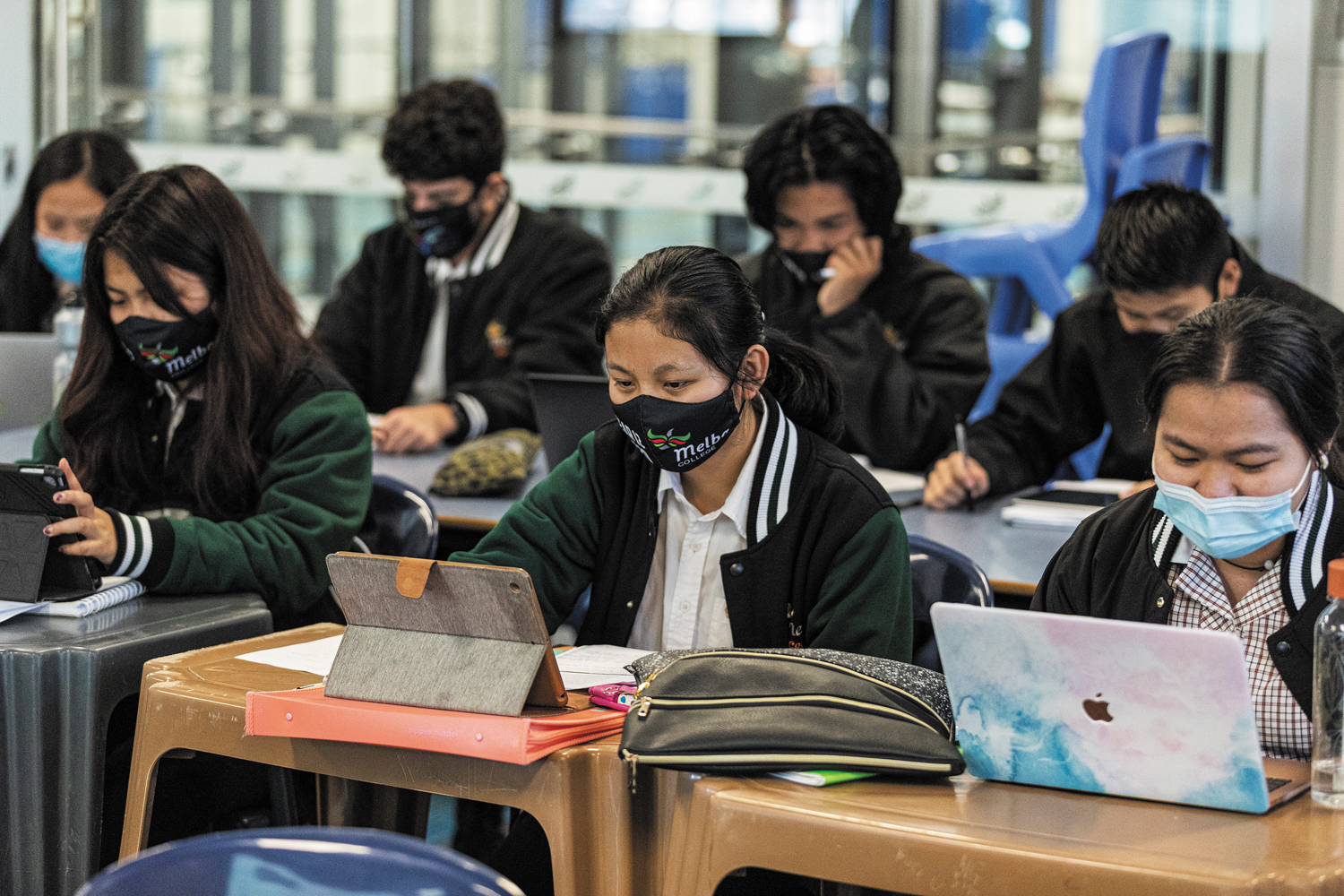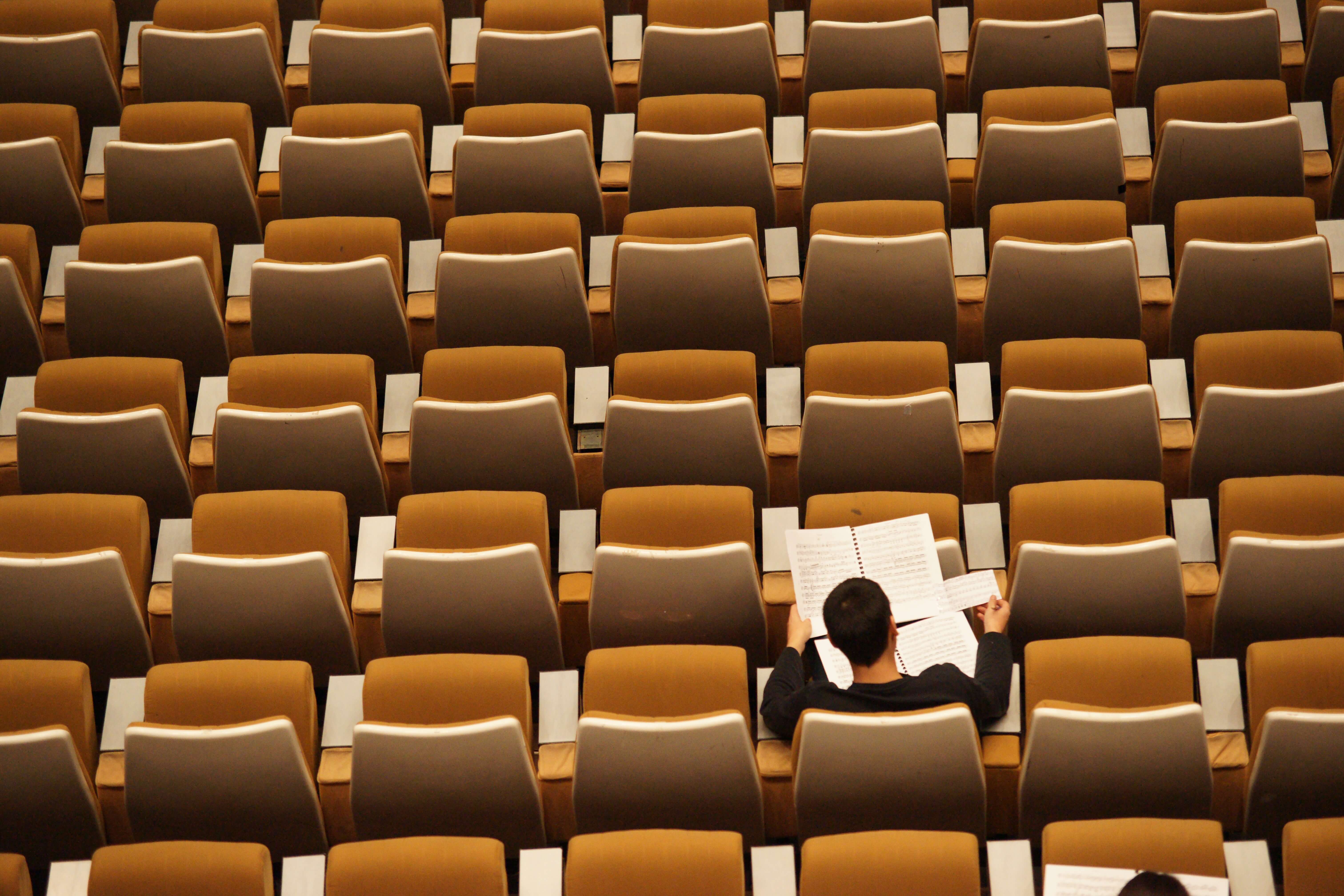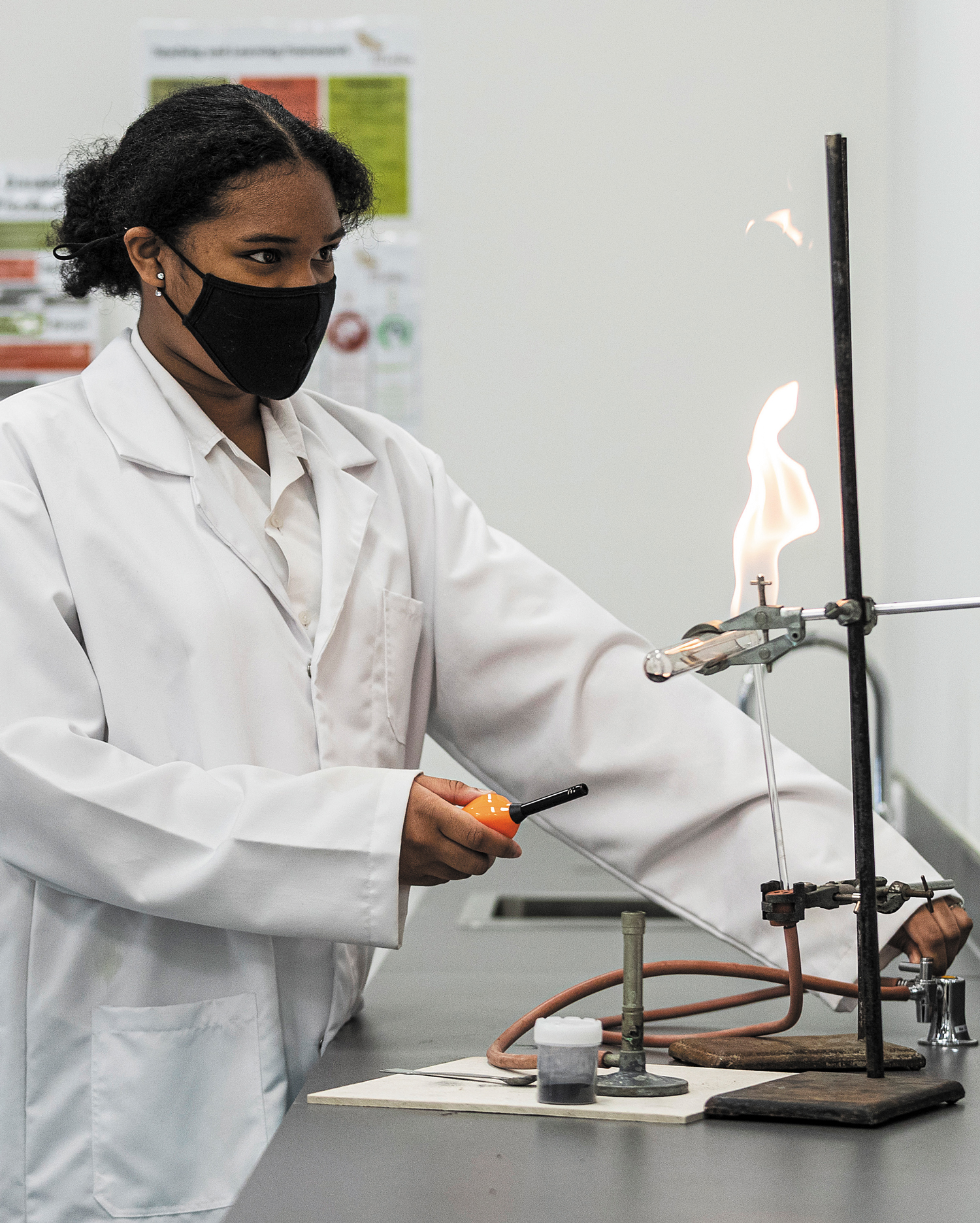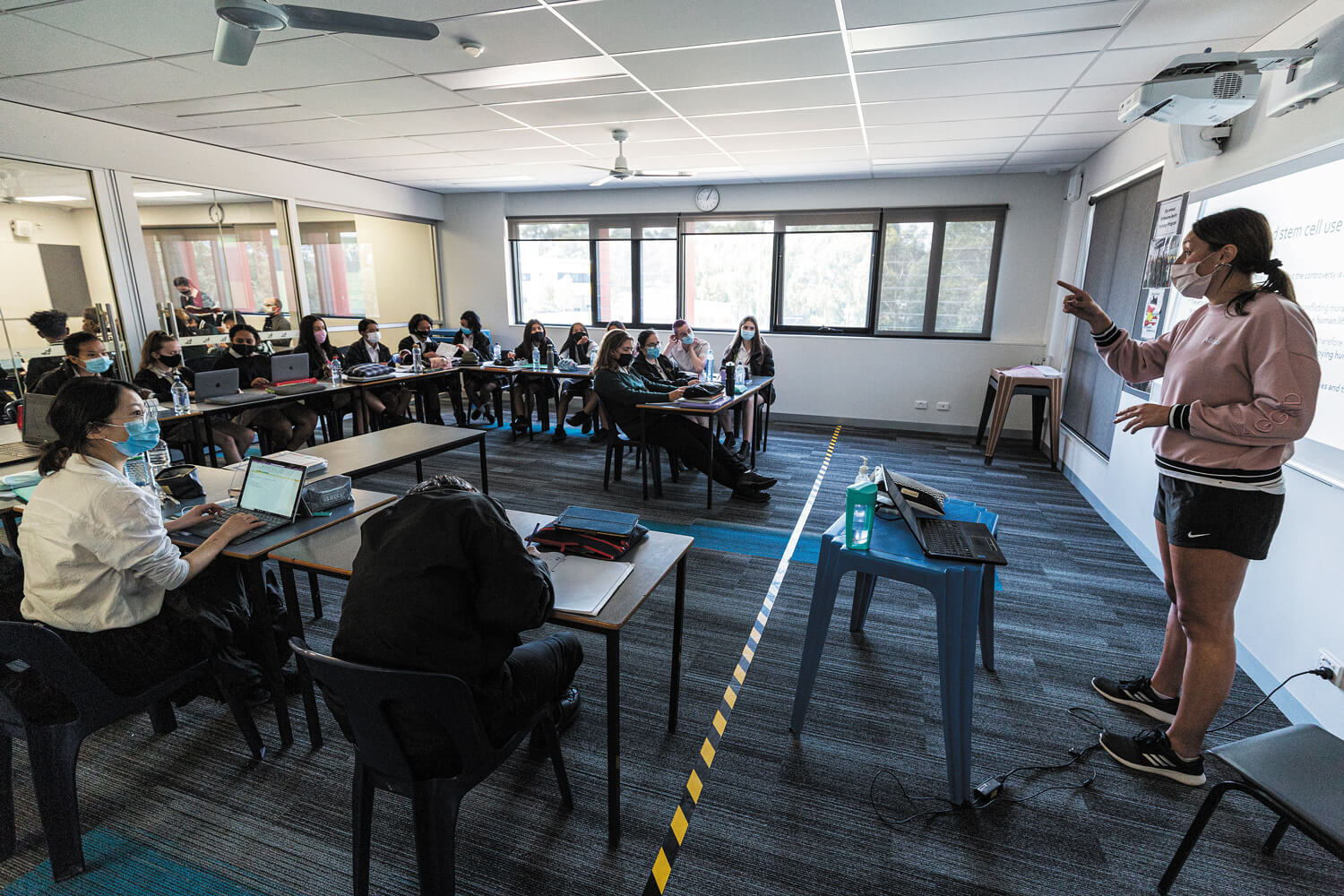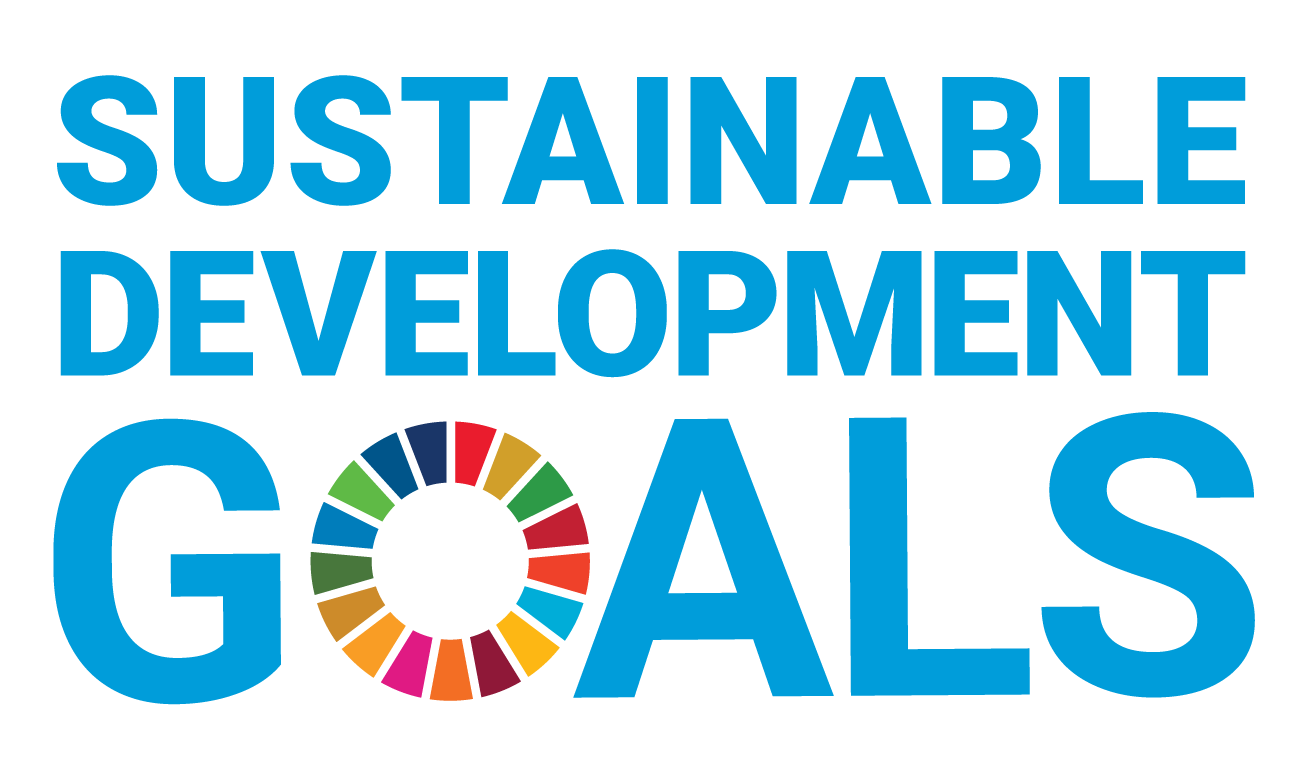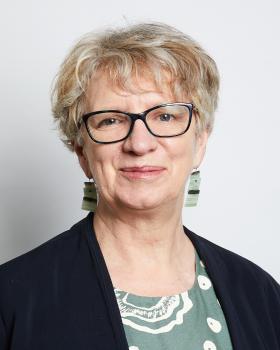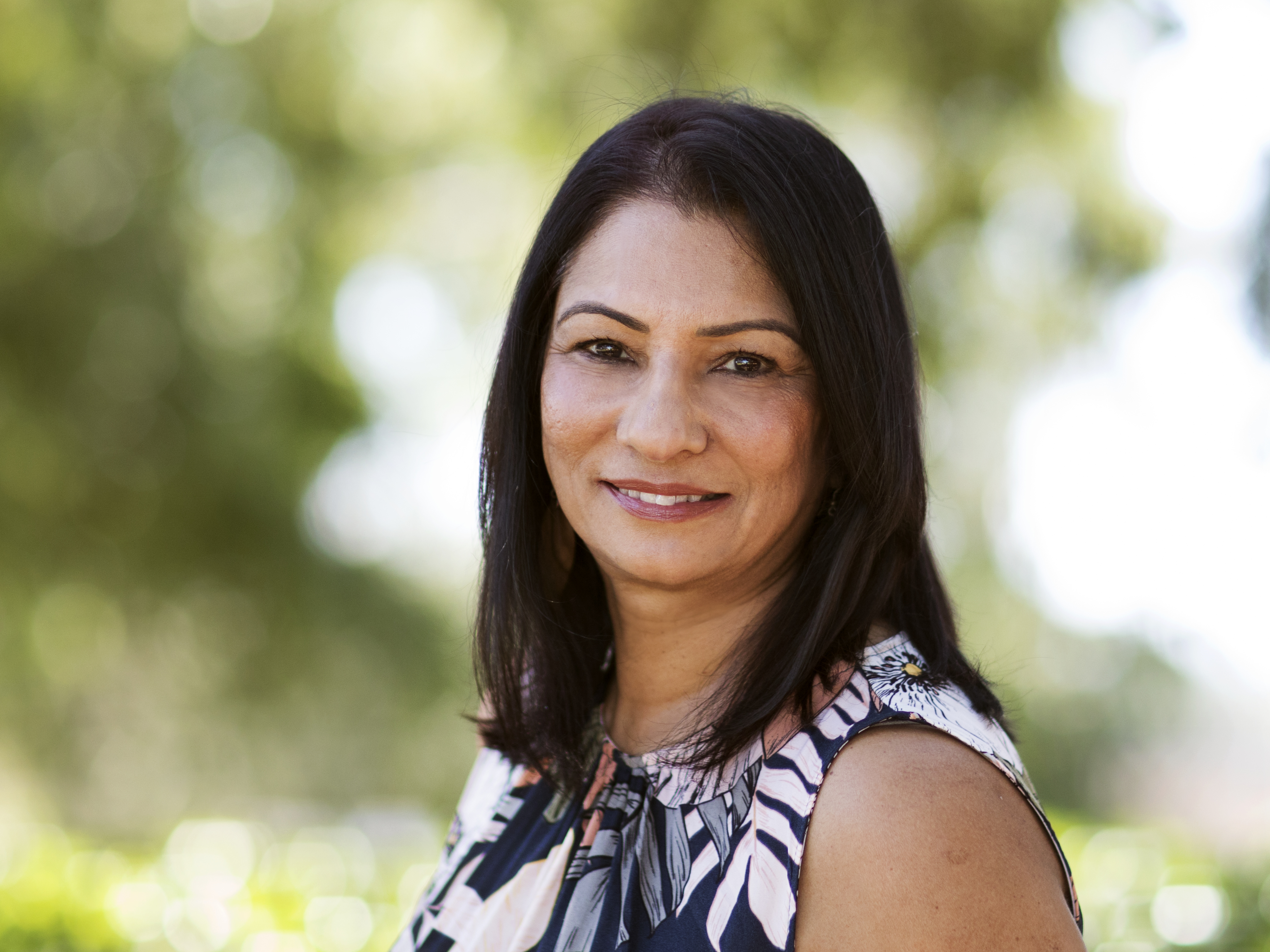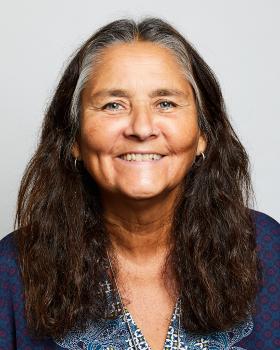You can search for courses, events, people, and anything else.
Susanne Gannon is no stranger to the classroom. For a long time, she was a high school English teacher, working in less privileged parts of the country where students were grappling with the effects of disadvantage and inequality in addition to their homework. “I’ve always had a very strong interest in social justice and equity issues in school education,” she says.
When the pandemic happened, bringing lockdowns, remote learning, and Zoom classrooms, Gannon, a professor of education at Western Sydney University, realised there was a group in society whose voices and perspectives weren’t being heard: school students. There were plenty of stories about how exhausted parents were having to juggle work and home-schooling, but not much attention paid to young people.
“There was very little about kids and their experience,” Gannon says. “Getting kids to tell us in their own words how it felt to be doing online learning was important.”
One night during a Zoom catch-up, Gannon spoke with Danish researcher, Dorte Marie Søndergaard, from Aarhus University, who mentioned that they were doing research into exactly that question: what effect was the pandemic having on young people?
That conversation inspired Gannon and Western Sydney colleagues, Loshini Naidoo, Jacqueline D’warte, and Rachael Jacobs to set up their own study, using both an online survey and interviews, into the experiences of young Australians during pandemic school closures.
When School Went Online
One of the striking things to come out of the research was just how much high school students missed being in the classroom. It might seem surprising, given popular misperceptions that students generally don’t like school, but Gannon and colleagues found the opposite.
“A lot of them said, ‘we’re surprised at what we miss from school’,” she says. “They talked about the ‘absence’ of the teacher, even when the teacher’s talking to them in an online classroom, because the digital mediation didn’t do it.”
Even when schools returned to in-person learning, it was a different experience to pre-pandemic learning. “They’re not getting the stability now, because pandemic disruptions have continued, staff shortages mean that teachers are being swapped around, classes are being combined and they haven’t gone back to school as it was,” she says.
Remote learning was also not experienced equally by all students. It posed particular challenges for those from disadvantaged or marginalised backgrounds, Naidoo says. “Because of the issues surrounding home duties or family responsibilities, cramped living conditions, shared space, and their studying environment, it meant that they became less engaged with the course materials,” she says. Many students from lower socioeconomic backgrounds didn’t want to activate their video cameras because they were sharing their space with family which meant they became invisible to the teacher and their fellow students.
This not only created a sense of exclusion, but it made it more difficult for educators to understand their students and their needs, and to pick up when students might have been struggling. “They didn’t actually know who were the students of different cultural backgrounds, and as a result, they were not able to prepare material that was culturally responsive,” Naidoo says.
But it wasn’t all bad news. The research team also found that students showed extraordinary resilience during this period of turmoil, and many were able to manage their own learning and take pride in doing their work at their own pace and schedule.
A Dissatisfaction with Governments
The research also revealed changing attitudes and emotions among Australian school students over time. “The first year they were saying ‘governments are showing us they can work together to overcome problems’, how about they bring it to climate change?” Gannon says. But as the pandemic wore on, there were more lockdowns — particularly in Melbourne, and the divisions between state and federal governments became more acrimonious. It wore down the students as well, with the surveys showing they were experiencing a loss of trust in authorities, a feeling of being abandoned, ignored, and disempowered.
“There was a real sense of kids being left out; many students experienced fear and disappointment about futures they would not be able to control,” Gannon says. One student said ‘my peers and I fear for the future, and for our careers’, she recalls.
There was also frustration with how authorities pushed for a rapid resumption of high stakes assessments such as the HSC and VCE, despite the lengthy lockdowns. One interviewee commented ‘they don’t care about our wellbeing — no exam is more important than our wellbeing.’
This was one area where the sentiments expressed by Danish students and Australian students differed, says Søndergaard. Her colleague, Penille Rasmussen, says Australian students expressed much more dissatisfaction with how the governments were handling the pandemic. “They were, in Denmark too, dissatisfied with the way things were handled, but they were more focused on how to make their lives work under those circumstances,” Rasmussen says. “They were not as critical of the government.” This may also have been a function of Denmark’s government, which Søndergaard says was very engaged in explaining the necessity of every decision they made at every stage of the pandemic.”
Partners in Learning
Denmark and Australia were useful countries to compare because of their similarities, but a global collaboration of education researchers — including the team at Western Sydney University — is expanding the scope to include other nations such as Brazil, Morocco, France and Belgium.
The hope is that these studies will not only give a voice to a neglected group during the pandemic, but enable a greater understanding of how the pandemic has affected this generation of students and how those impacts might be reduced in future.
The pandemic has highlighted some fault-lines in many education systems that have led to some students being excluded from that goal.
“I think it’s about changing the dynamic and viewing students as partners in learning,” Naidoo says.
If anything, she adds, the challenges of the pandemic have revealed the extraordinary resilience of young people faced with a situation that demanded they take charge of much of their own learning. That should be built on, rather than discarded in the return to business as usual.
Gannon says their research suggests that going back to an education system exactly as it was structured before the pandemic is not necessarily the best way forward. “Every country is a case study in how existing inequities and gaps and problems in education and health sectors have been exacerbated by pandemic conditions,” she says.
Addressing those gaps and inequities means listening to the very people most affected by them. Young people are rarely part of that conversation, and Gannon argues they should be. “They’re always the last to be consulted about anything to do with education,” she says. “Kids have a lot to say, and they are intelligent participants in our democracy.”
Meet the Academic | Professor Susanne Gannon
Susanne Gannon teaches and researches issues of educational equity at Western. Her current research interests span writing pedagogy in secondary schools, improvements in HSC outcomes, gender equities, young people’s aspirations and futures, and the impacts of the pandemic on young people, teachers and families. She works closely with schools and education systems to improve learning outcomes. She is also known for innovative methodologies and research practices, collaborating recently with researchers in Finland and globally on the collaborative, interdisciplinary project Re-Connect / Re-Collect: Crossing the Divides through Memories of Cold War Childhoods (with Millei, Piattoeva and Silova).
Professor Gannon leads the ARC Discovery funded research project Gender Matters: Changing Gender Equity Policies and Practices in Secondary Schools (ARCD). She is co-editor of the international research journal Gender and Education. She has published widely in international peer reviewed journals and with reputable publishers. Her most recent coedited book is Resisting Educational Inequality: Reframing policy and practice in schools serving vulnerable communities (Gannon, Hattam, Sawyer, 2018, Routledge).
Meet the Academic | Associate Professor Loshini Naidoo
Loshini Naidoo lectures in social justice education at Western. She has established a flourishing research profile on equity and access in disadvantaged communities both nationally and internationally. She has authored and edited several books; published peer-review reports, journal articles and book chapters of both national and international repute, established international links with renowned scholars and obtained internal and external research grants. She has made a significant contribution to refugee education as socially just practice/praxis through the lens of forced migration.
Her leadership of the Refugee Action Support Program and the National Exceptional Teachers for Disadvantaged Schools provides a tangible collaborative platform for her work on cross cultural issues in challenging demographics. She has won multiple Australian teaching awards including an international award from Duke University, North Carolina, for her outstanding work as an educator. She studied forced migration at Oxford University and was one of eight distinguished keynote speakers invited by the prestigious Royal Swedish Academy of Sciences to speak on refugee education. She served on the NSW refugee resettlement roundtable and her work has been used by the Department of Social Services in its cultural orientation program for newly arrived Syrian refugees.
Meet the Academic | Associate Professor Jacqueline D'warte
Jacqueline D’warte teaches and researches language and literacies teaching and learning. Her research explores connections between language, identity, equity and learning in diverse educational settings. Dr D’warte works closely with teachers and young people in NSW government schools, engaging teachers, and students as co-researchers of students’ language and literacy practices. This research is at the forefront of studies of language learning for multilingual learners, developing innovative, visual methods and pedagogies that support teachers and students in leveraging home language for learning in mainstream classrooms. This work has drawn national and international attention from Schools of Education across Australia and universities and departments of education in the global north and south. It is included in best practice handbooks from Australia, the UK and Ireland and published in international peer reviewed journals, publicly available research reports, textbooks, and professional resource books.
Associate Professor D’warte is a Senior Researcher in the Centre for Educational Research, Equity Social Justice and Inclusion Research Group and Coordinator of the Primary Exceptional Teaching for Exceptional Schools program. She is currently engaged in teacher education research associated with this program and in collaborative studies of multilingual pre-service teachers and in-service teachers in low SES school contexts.
Credit
Future-Makers is published for Western Sydney University by Nature Research Custom Media, part of Springer Nature.
© Ivan Aleksic/Unsplash
© Daniel Pockett/Stringer/Getty Images News/Getty
© Philippe Bout/Unsplash
© Daniel Pockett/Stringer/Getty Images News/Getty
© Daniel Pockett/Stringer/Getty Images News/Getty

